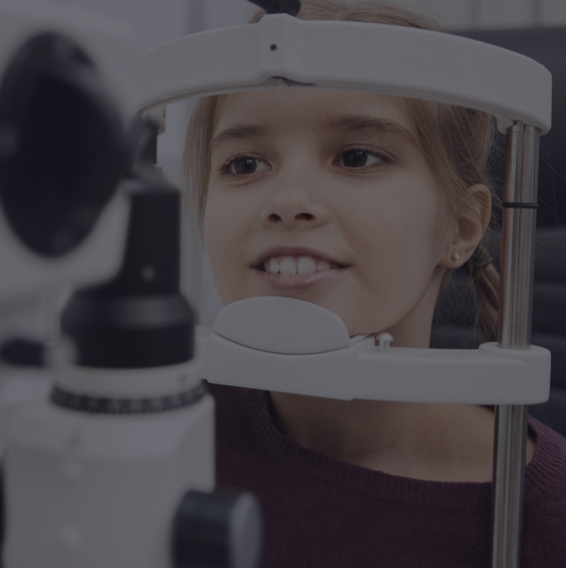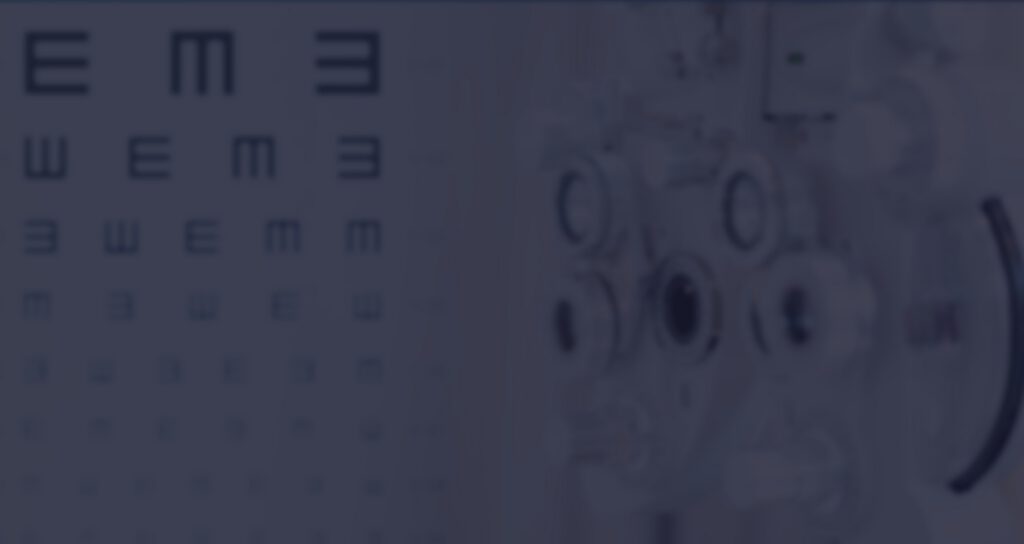Don’t Let Glaucoma Steal Your Sight
Glaucoma is one of the leading causes of permanent vision loss, and it often develops without any warning signs. Many people don’t realize they have it until their vision has already been affected. But with early detection and the right care, vision loss from glaucoma can often be slowed or even prevented.
At Cambridge Eye Care, we use diagnostic technology and regular eye exams to detect glaucoma as early as possible and create personalized care plans to protect your sight.
Contact us to book your eye exam today and take the first step in safeguarding your vision.

What Is Glaucoma?
Glaucoma is a group of eye diseases that cause progressive damage to the optic nerve. This damage is typically associated with elevated intraocular pressure (IOP), which can develop when the eye’s drainage system fails to function properly.
Over time, this pressure can lead to irreversible vision loss, especially peripheral (side) vision. There are different types of glaucoma and different management strategies our team can take.

Types of Glaucoma
Glaucoma is not a single disease. It refers to a group of conditions that damage the optic nerve, often due to high pressure inside the eye. Each type can affect your vision in different ways and may require a unique approach to care.
Understanding these differences can help you better manage your eye health and know what to expect. Here is a closer look at the most common types of glaucoma we check for during a comprehensive eye exam.
Open-angle glaucoma is the most common form of the disease. It occurs when blockages begin to form in the drainage system of your eye, also known as the trabecular meshwork.
These blockages prevent fluid from draining, leading to an increase in your IOP levels, which puts pressure on the optic nerve and, in turn, can cause permanent vision damage.
Normal-tension glaucoma is a form of the disease that has perplexed doctors for years. During normal-tension glaucoma, you can experience the same damage to your optic nerve as you would with open-angle glaucoma, but your IOP levels are within the normal range.
The only way to detect this disease is by performing an eye exam and checking the status of your optic nerve.
Closed-angle glaucoma, sometimes called angle-closure glaucoma, isn’t as common as open-angle glaucoma, but it is far more serious and often occurs suddenly. When the angle between your cornea and iris closes off completely, it cuts off the drainage of intraocular fluid from the eye.
This then causes a rapid rise in IOP (intraocular pressure). Symptoms include the sudden onset of a headache, eye pain, blurred vision, and even nausea. This is considered to be a medical emergency.
How We Detect Glaucoma
To accurately diagnose and monitor glaucoma, we use a variety of modern tests to measure your eye pressure and assess your eye health:
- Goldmann applanation tonometry: The gold standard for measuring intraocular pressure (IOP). A small probe gently touches the cornea while a special dye and blue light help accurately measure eye pressure.
- Perkins tonometer: A handheld version of the Goldmann tonometer that offers greater flexibility. It is especially useful for patients who may have difficulty with traditional equipment.
- iCare tonometer: A quick and efficient tool that measures eye pressure without the need for eye drops. This method is ideal for children and patients with sensitivities.
- OCT and optic nerve assessment by biomicroscopy: Optical coherence tomography (OCT) provides highly detailed imaging of the optic nerve and surrounding structures. Combined with biomicroscopy, this allows us to detect early signs of damage and track changes over time.
Treatment Options for Glaucoma
Glaucoma treatment focuses on lowering IOP to help protect the optic nerve. Depending on the type and severity of your condition, we may recommend:
- Prescription eye drops: Medications to reduce fluid production or improve drainage.
- Laser surgery: A targeted laser opens the eye’s drainage channels to reduce pressure.
- Incisional surgery: In more advanced cases, a small drainage opening may be created to help fluid leave the eye more effectively.
Our team will monitor your condition closely and refer you to a specialist if surgery becomes necessary.

Book Your Glaucoma Eye Exam in Cambridge
Glaucoma can steal your vision without warning, but regular eye exams can help catch it early and slow its progression. Whether you’re managing a diagnosis or simply staying proactive with your eye health, our team is here to support you.
Contact us to book your eye exam at Cambridge Eye Care today and protect your sight for years to come.
Check Out Our Google Reviews
I went there today to get some new glasses. There was no wait, as I was seen at 2:55, even though my appointment was for 3:00! The staff were exceptionally nice and the optometrist I saw was extremely pleasant and knowledgeable. The location is beautiful and they have a great selection of glasses frames. I was very impressed with my visit.
Andy T
It’s always great! Love the doctor and all the people that work there! Very patient and helpful.
Noemia F
Staff are great there! It’s a bustling place, but they’re well organized and always have a smile and positive customer service. Optometrists are very knowledgeable and helpful.
Alexandra P

Where to find us
You can easily find our office at the Canamera Medical Centre, located South of Cambridge Centre Zehrs. We have free parking, with convenient accessible parking right in front of our office. Visit us today!

Address
- 350 Conestoga Blvd, Unit C3
- Cambridge, ON N1R 7L7
Contact
- Phone: (519) 624-2020
- Email: info@cambridgeeyecare.com
Hours of Operation
Brands We Carry







